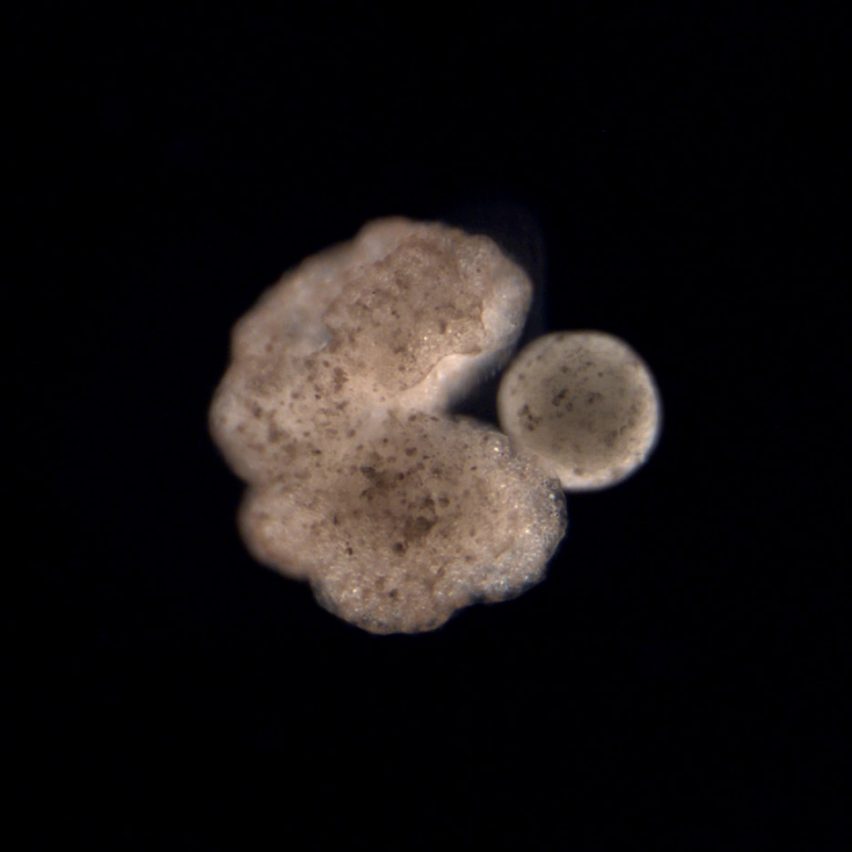Living robots evolve to procreate in "astounding" scientific breakthrough

Scientists behind the world's first living robots have learned that these xenobots can reproduce and generate offspring, in a discovery that they say could help to explain the origin of life on Earth.
The programmable organisms were originally created last year by researchers from the University of Vermont, Tufts University and Harvard's Wyss Institute using stem cells sourced from embryos of the African clawed frog.
By combining these cells into different AI-optimised configurations, the scientists were able to create bots that perform different functions from walking and swimming to working together in a swarm, with their shape dictating their basic behaviour.
Parent xenobots (left) can create new spherical baby xenobots (right)
Now, a peer-reviewed study published in scientific journal PNAS, has revealed that when formed into the right shape ? one reminiscent of 80s video game character Pac-Man ? the bots are also able to "spontaneously self-replicate". This is possible via a method called kinematic replication, which sees the parent xenobots gather up tiny frog stem cells in a petri dish using their V-shaped "mouthes", bundling them together into larger cell clusters that eventually become new baby xenobots.
This sort of replication has so far only been observed on a molecular level, never in any other animal, plant, organism or cell.
The parent xenobots are shaped like the video game character Pac-Man
"This is profound," said Michael Lev...
| -------------------------------- |
| PROYECCIÃN ORTOGONAL. Vocabulario arquitectónico. |
|
|
Villa M by Pierattelli Architetture Modernizes 1950s Florence Estate
31-10-2024 07:22 - (
Architecture )
Kent Avenue Penthouse Merges Industrial and Minimalist Styles
31-10-2024 07:22 - (
Architecture )






